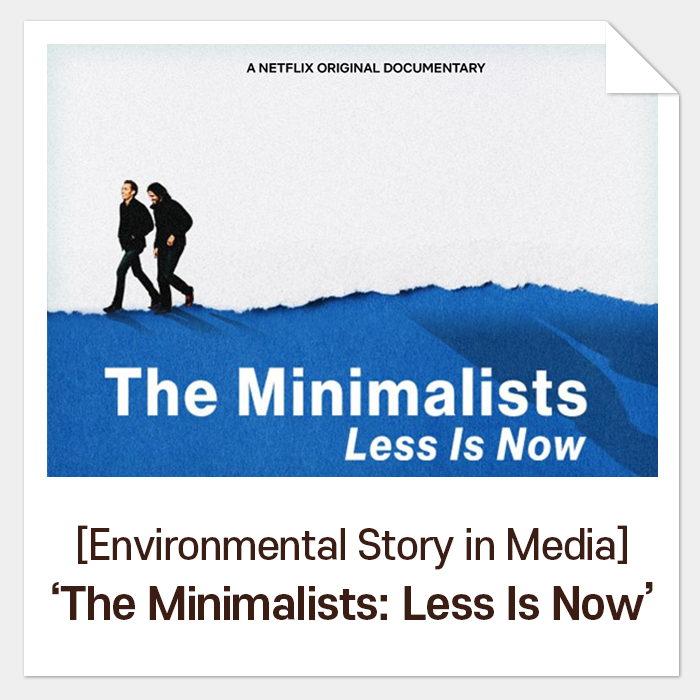Customers’ Safe Unsecured with PFCs
Have you heard of the movie, “Dark Waters”? Inspired by a true story, the movie talks about how dangerous PFCs(Per- and polyfluoro compounds) could be. It starts with 190 milk cows dying around the town where one of the major chemical manufacturing companies, DuPont, is located. People suffer from diseases for no apparent reason. Later, it turns out that they are related to PFOA (Perfluorooctanoic Acid), a harmful kind of PFCs, secretly released from the plant. Finding out the truth, Robert Bilott, an attorney of the case, started to fight for the case for 20 years since 1998 and finally had DuPont make reparations of $671 million.
PFCs(fluoropolymer),
Carcinogen That Might Be Around Us All the Time
PFCs are compounds that all – or some parts- of hydrogen in hydrocarbons are substituted for fluorine. They are used widely from various industry fields such as firefighting foams and cleaning in semiconductor manufacturing plants to consumer products like cookware, food packaging, and additives, for they resist heat, water and oil. For example, a familiar brand name ‘Teflon’ is one of best-known coating materials made of PFCs, too.
However, their safety issue has become a great concern. Among thousands of variations, PFOA(Perfluorooctanoic acid) and PFOS(Perfluorooctanesulfonic acid) are informed to be harmful to our health and the environment.
Generally referred as “fluorine”, these PFCs can transfer to the environment in process of manufacturing or use. In addition, they can migrate to foods under high temperature, too, in case cookware is coated with the materials. According to the report of Risk Assessment of PFOA and PFOS published by Ministry of Food and Drug Safety (hereinafter MFDS) in 2015, PFOA could a cause for cancer, diabetes, and hepato-, neuro-toxicity as well as toxicity in reproductive organs.
Moreover, they are not easily broken but accumulated in our bodies, disrupting endocrine, which could result in giving birth to a baby with congenital malformation, or to a premature infant. This also increases possibilities for a female infant to have precocious puberty while a male infant to be born with low sperm count or even aspermia. There are studies reported that both PFOA and PFOS likely lead to ADHD or obesity, too.
Therefore,
EPA(Environmental Production Agency) began to regulate the production, use, and
sales of PFOA since 2005 and companies voluntarily stopped using PFOS since
2002 in the US. EU released the draft amendments of POPs(Persistent Organic
Pollutants) to include PFOA in the list in November of 2019. The production and
sale of the material is also controlled in accordance with Stockholm Convention
on Persistent Organic Pollutants since 2009 in Korea.
Remove Harmful
Material from the Market!
PFOA has been one of the highly controversial topics since it has been used to manufacture a non-stick frying pan. Even though experts explain that it is unlikely to intake the material from cookware, consumers are still concerned as it is in direct contact with food when registered as a carcinogen. Some also point out that the temperature could go over 260℃ while cooking, which is the point when the polymer can become unstable. Currently, PFOA is replaced with an alternative for cookware.
There has been issues with another kind of PFCs, PFAS(Per- and polyfluoroalkyl substances), that is commonly used for food packaging. The material has also been suspected to cause cancer and immunosuppression that experts claim more thorough studies are needed on the material. Laurel Schaider, an environmental chemist at Silent Spring warned its harmfulness, saying that PFAS has been found in food packaging such as wrapping paper for sandwiches or deserts as well as paper cups in the study published in Environmental Science and Technology Letters.
While most of food packaging used in Korea is lined with PE, low-basis-weight paper used for hamburger/sandwich wrapping is usually imported. Considering most of it is coated with fluorine resin for grease resistance, it cannot be ruled out there is the possibility for people to be exposed to harmful kinds of PFCs. PE also can migrate to foods at high temperature that it is not the best option for our health.
MFDS established a TDI(Tolerance Daily Intakes) for PFOA of 1.0 ㎍/㎏*bw/day and the data shows that the amount detected from general cookware in markets falls into the level of “Not Detected”. However, experts said it is always the best to avoid the exposure to these hazardous PFCs as much as possible.
Some suffer from Chemophobia, expressing severe worries for these chemicals in our daily products. Consequently, there should be more great depth of researches and studies on them for us to lead a healthy life while preserving the nature.
Now, you may
wonder if rePAPER’s coatings have the function to be grease resistant with
fluorine. We can assure you that our coatings, RP-series, made of acrylate are fluorine-free,
food-contact safe products, which has been carefully analyzed by
internationally reputable organizations. Please find more details of rePAPER’s
products under REPA Inside > Harmless in our website!








Comments
Post a Comment